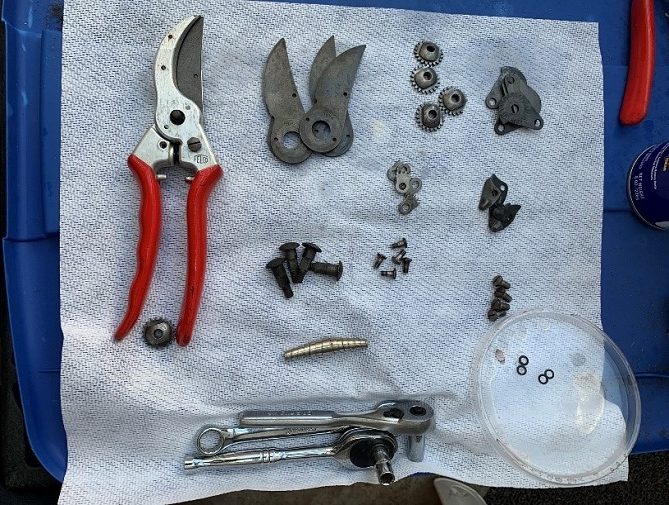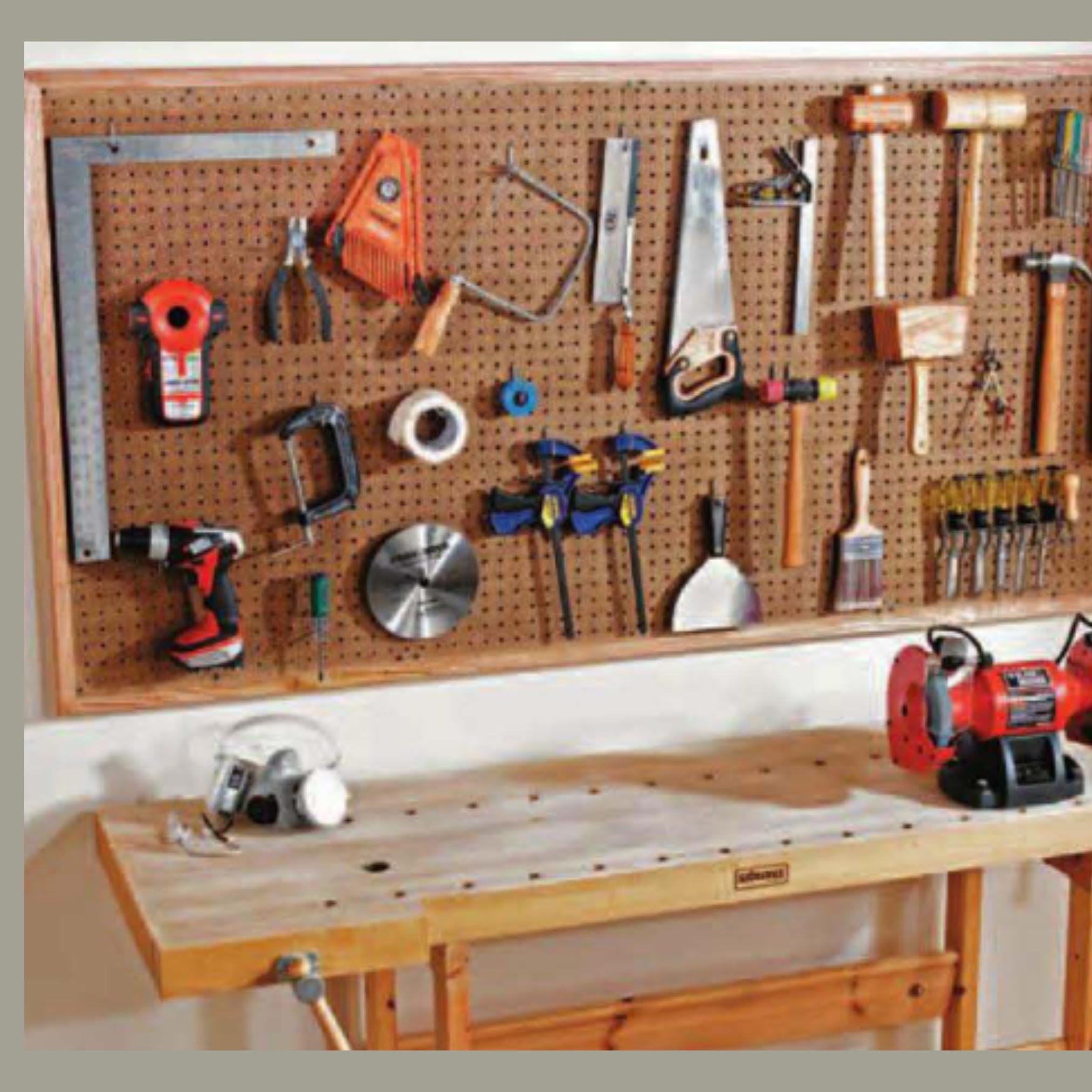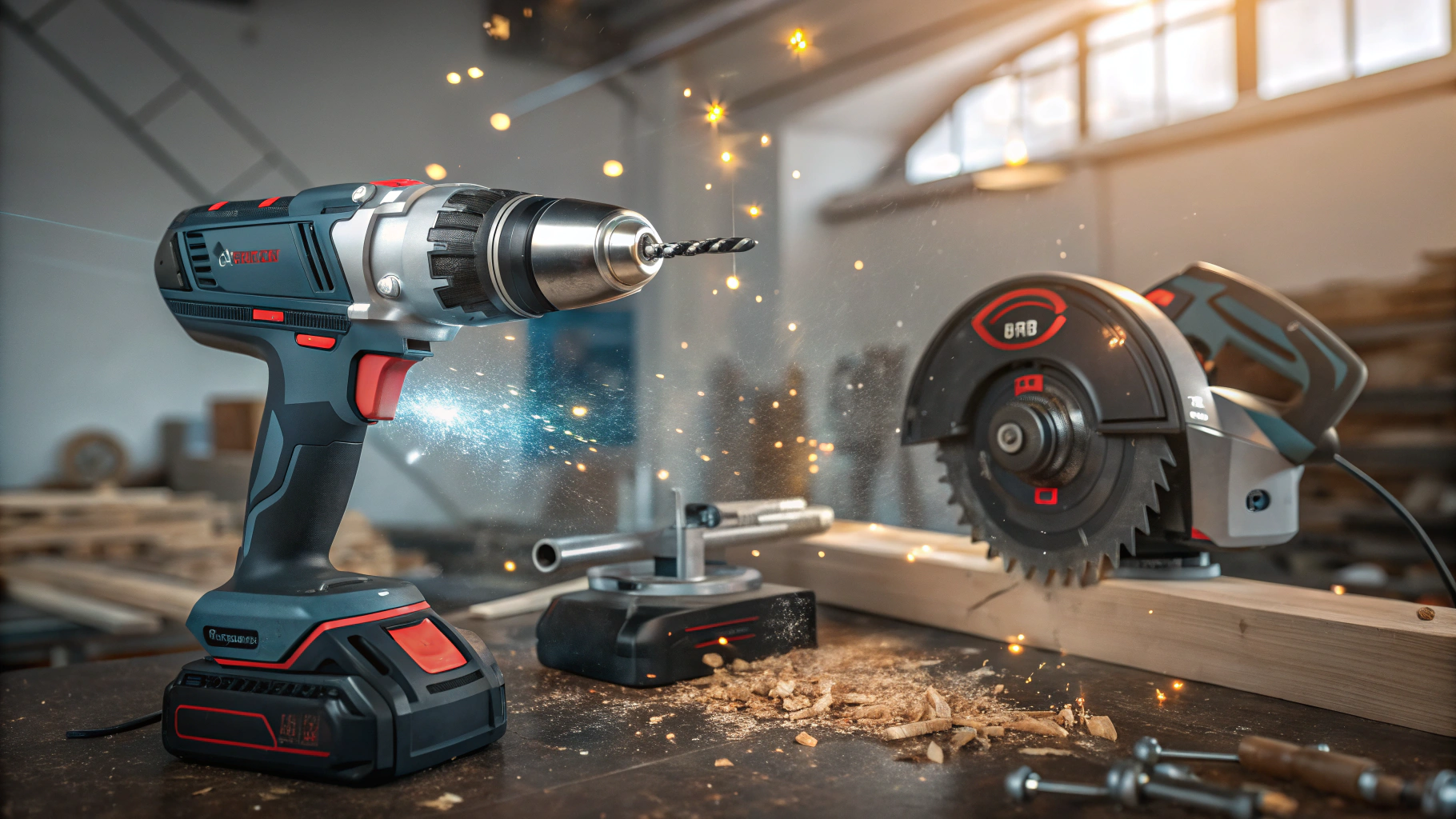For tradespeople, tools are more than equipment, they’re investments that drive productivity and safety. A 2024 OSHA report reveals that inconsistent care can slash tool lifespans by 60% through corrosion and mechanical wear 1. Whether you’re an apprentice electrician or a seasoned welder, these strategies will help you avoid costly replacements and adapt to modern maintenance practices.
Why Tool Maintenance Matters
Neglecting maintenance is both risky and expensive. Consider a Chicago HVAC team that reduced tool replacement costs by 30% after implementing daily cleaning protocols. Key findings:
- Power tools: Properly maintained drills last 7.5 years on average, which is 2.5x longer than neglected ones 2
- Sharp blades: Reduce motor strain by 15%, lowering energy bills
- Safety: 8% of construction injuries stem from poorly maintained gear, like cracked handles or frayed cords 3
Moisture remains a silent threat, causing 78% of premature failures. Last year, a Florida contractor lost $4,200 in rusted nail guns stored in a humid shed. This is a preventable disaster with $5 silica gel packs 4.

Foundational Maintenance Practices for Beginners
Daily Cleaning Rituals
Grime accelerates wear. After a roofing job, asphalt debris can jam pneumatic nailers if not blown out with compressed air. Wipe hand tools with microfiber cloths. Avoid pressure washing since it forces water into seals.
 Sharpening Strategies
Sharpening Strategies
Dull blades are dangerous. Austin, a carpentry trainer, recalls a student needing stitches after a chisel slipped from a dull edge. Sharpen circular saw blades every 50 hours using angle guides since this reduces kickback injuries by 22%.
 Smart Lubrication
Smart Lubrication
Not all oils work equally. For example, 3-in-1 oil (a corrosion inhibitor) works for wrenches, while ISO VG32 hydraulic fluid (a specialized nail gun oil) prevents dust buildup in pneumatic tools. WD-40 is a solvent, not a lubricant so avoid using it for long-term use.
Storage Solutions
Battery care is key. Milwaukee technician Lena Cruz notes, “Storing lithium batteries at 50% charge prevents capacity loss.” Hang frequently used tools on pegboards to avoid handle warping, and seal rarely used items with moisture absorbers.

Equipment-Specific Care Strategies
Hand Tools (Wrenches, Pliers)
- Inspect for jaw misalignment weekly
- Soak rusted parts in white vinegar overnight, then scrub with steel wool 5
Power Tools (Drills, Saws)
- Check carbon brushes every 50 hours and replace if worn below 1/4 inch
- Align drill chucks monthly using a laser alignment tool 6
Heavy Machinery (Excavators, Compressors)
- Change hydraulic filters every 500 hours
- Test fluid thickness quarterly with a viscosity tester
- Inspect hoses for fluid “sweating.” This is an early pressure failure sign 7
Avoiding Common Pitfalls
Mistake #1: Skipping Inspections
A 2023 survey found 63% of crews ignore “working” tools, leading to incidents like drill fires from corroded batteries.
 Mistake #2: Wrong Cleaners
Mistake #2: Wrong Cleaners
Biodegradable options like Simple Green Industrial outperform harsh chemicals that damage rubber grips.
Mistake #3: Misapplying Lubricants
Using motor oil on air tools attracts dust. Stick to manufacturer-recommended oils.
Modern Maintenance Innovations
- Smart Sensors: DeWalt’s Bluetooth impact drivers alert users when brushes need replacing, cutting downtime by 40% 8.
- Self-Sharpening Saws: Festool’s TSC 55 adjusts blade angles in real-time using material density sensors.
- 3D Printing: Milwaukee’s app lets users print custom wrench adapters onsite, saving $120/hour in delay costs 9.

Building a Maintenance Routine
Tool care is about reading subtle cues. That high-pitched whine from your angle grinder? Its bearings are starving for oil. Start with these steps:
- Weekly Audits: Every Friday afternoon, inspect one tool category using OSHA checklists.
- Log Maintenance: Use apps like MaintainX to track service histories.
- Learn Continuously: Join forums like Garage Journal where plumbers share tricks like using baking soda to neutralize battery acid.
“Tools talk. Listen.”
With proper care, even a $25,000 CNC router can outlive its warranty by years, turning maintenance from a chore into your greatest money-saver.



